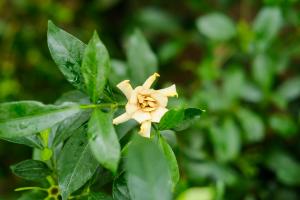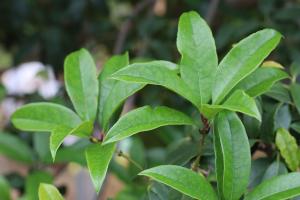1、 Curing method
1. Soil: the best way to cultivate lilac is to use a pottery basin, and then choose some sandy soil. In this way, it has both air permeability and drainage, which is very suitable for the growth of lilac and eliminates the hidden danger of ponding and rotten roots
2. Moisture: Lilac has certain drought resistance, but it doesn't mean that it can't be watered for a long time. Generally, it's OK to water it after the basin soil becomes dry. If it rains, pay attention to drainage
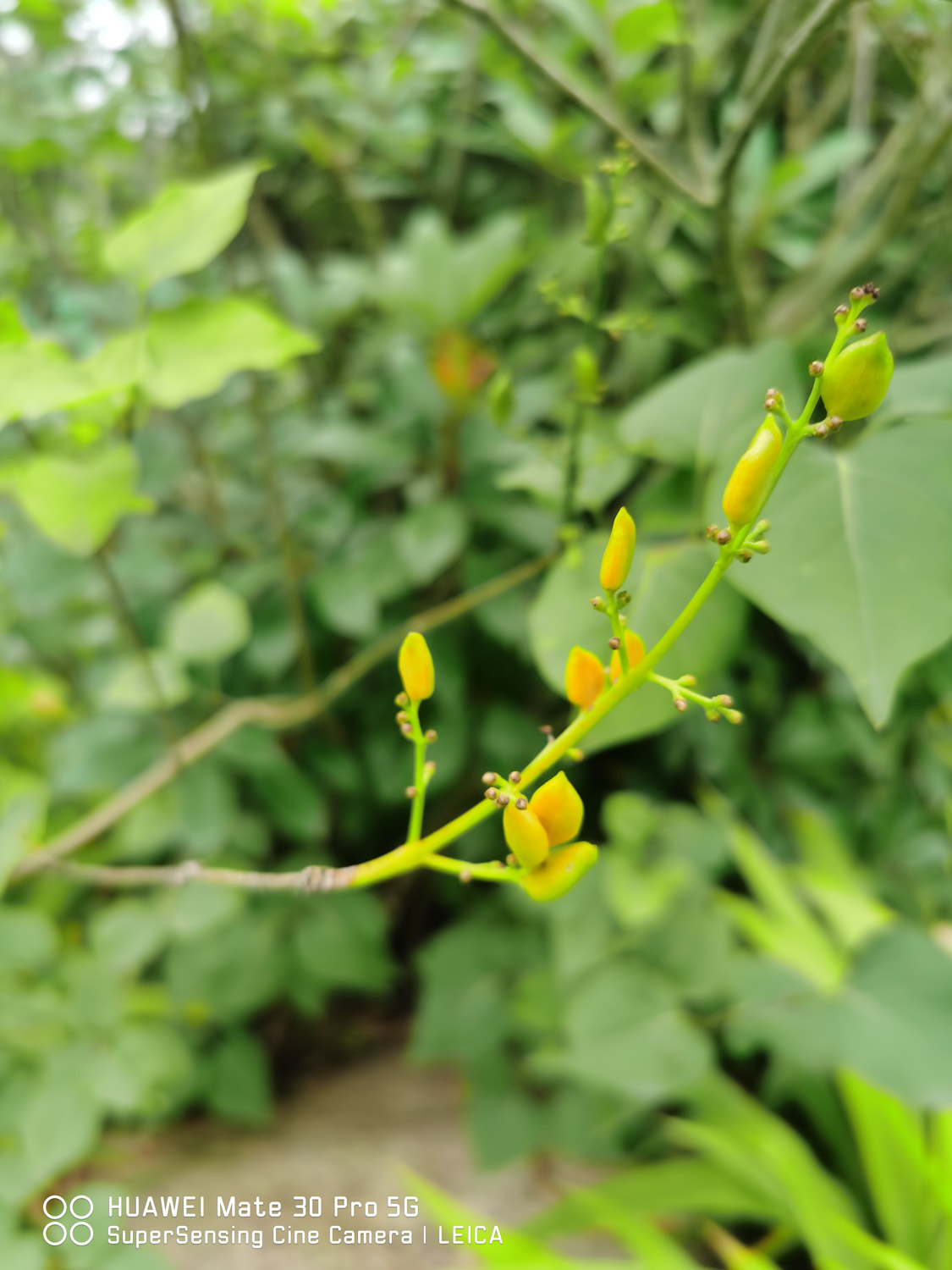
3. Light: it is a plant that especially likes sunshine. When breeding, it must be maintained in a place with sufficient light. It can be placed in places with long sunshine time, such as balconies and sunny dining rooms
4. Temperature: it has strict requirements on temperature. It is suitable for growing in an environment of 15-25 ℃, that is, in summer and winter, pay special attention to shading and warmth preservation, and ensure the circulation of ambient air to avoid diseases and pests
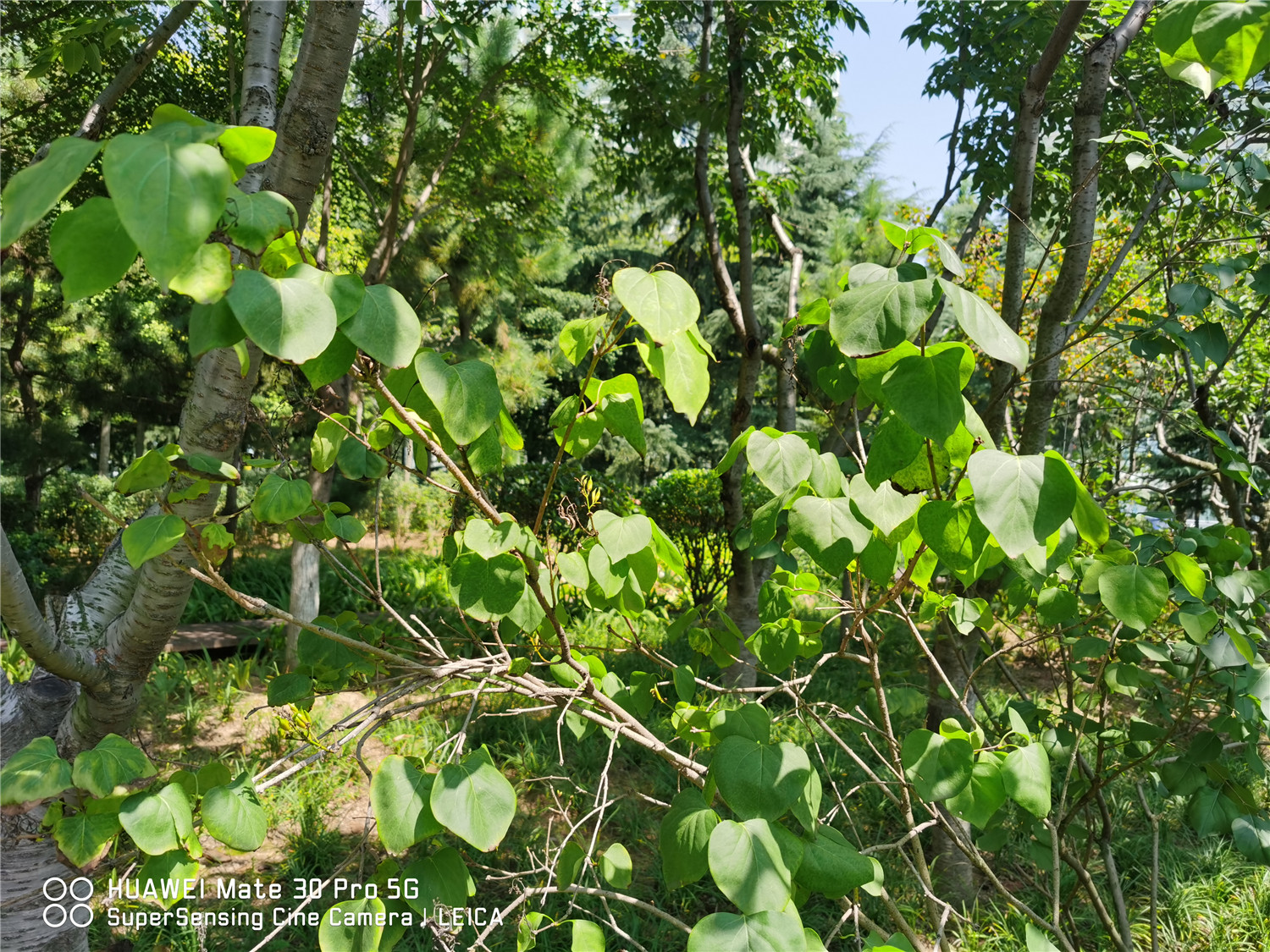
2、 Breeding skills
1. Pruning: for the pruning of lilac flowers, the roots should be pruned once when changing pots, and then pruned at the beginning of spring. The overly dense and thin branches should be cut off to ensure that the supply of nutrients is not a waste, but also for the subsequent growth, ventilation environment and sufficient sunshine
2. Changing pots: lilac flowers are easy to take care of. When changing pots, you only need enough fertilizer. After planting, you can pour water once
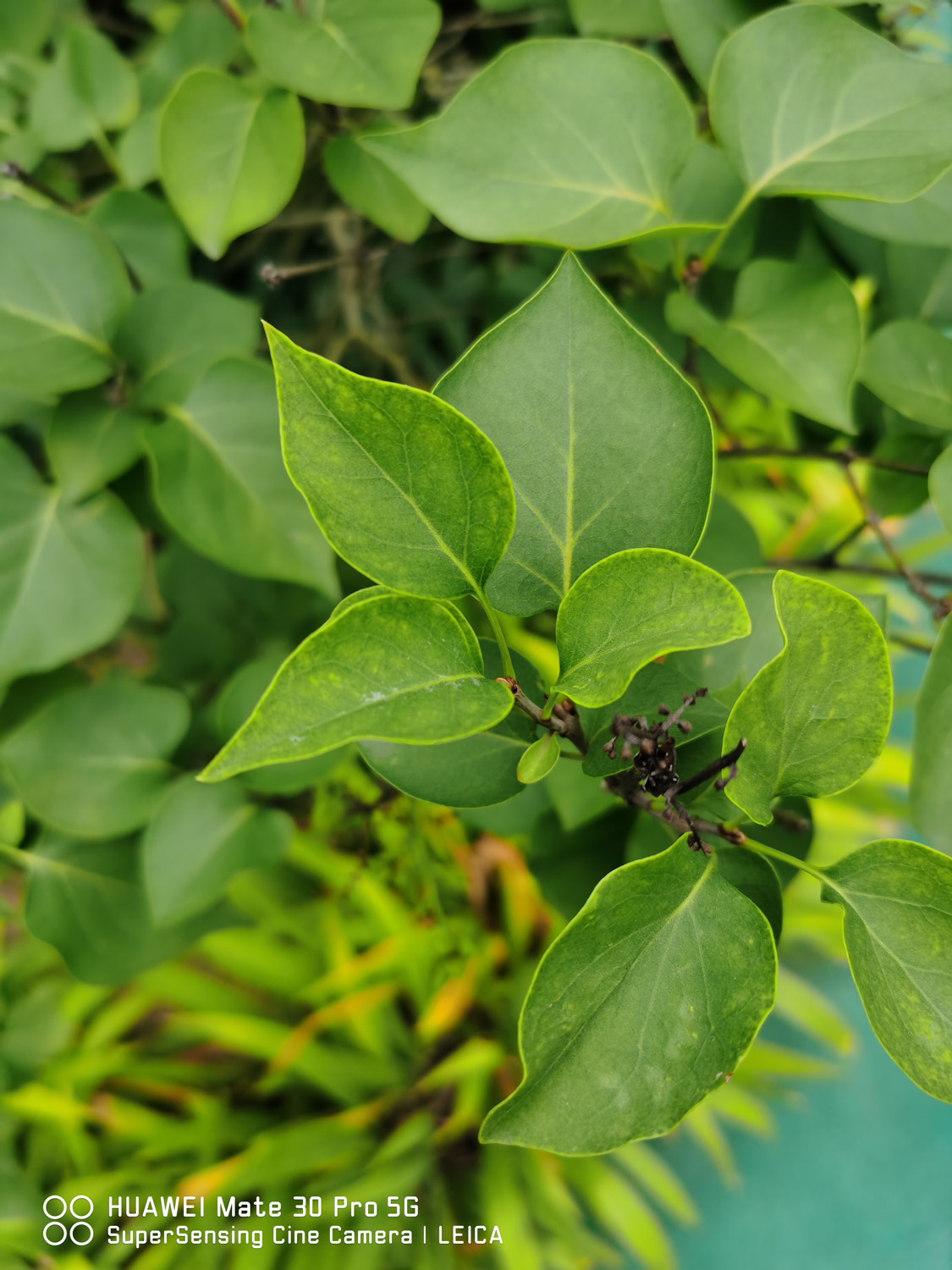
3、 Diagnosis and treatment problems
1. Yellow leaf: also known as yellowing disease, it mostly occurs in northern areas because of the lack of iron in the soil. Plants cannot normally carry out photosynthesis, and yellow leaves will appear when nutrients become less. When fertilizing, it can be improved by adding ferrous sulfate or watering with vinegar and water dilution
2. Starscream: the occurrence of this pest is relatively common. After discovery, it should be isolated and used for the first time. Its reproduction speed is very fast. It will reproduce the next generation in about 3 days, which is very harmful to the leaves. Commonly used drugs: acarid mite, golden Manzhi, abamectin, mite risk, etc. can be used in proportion
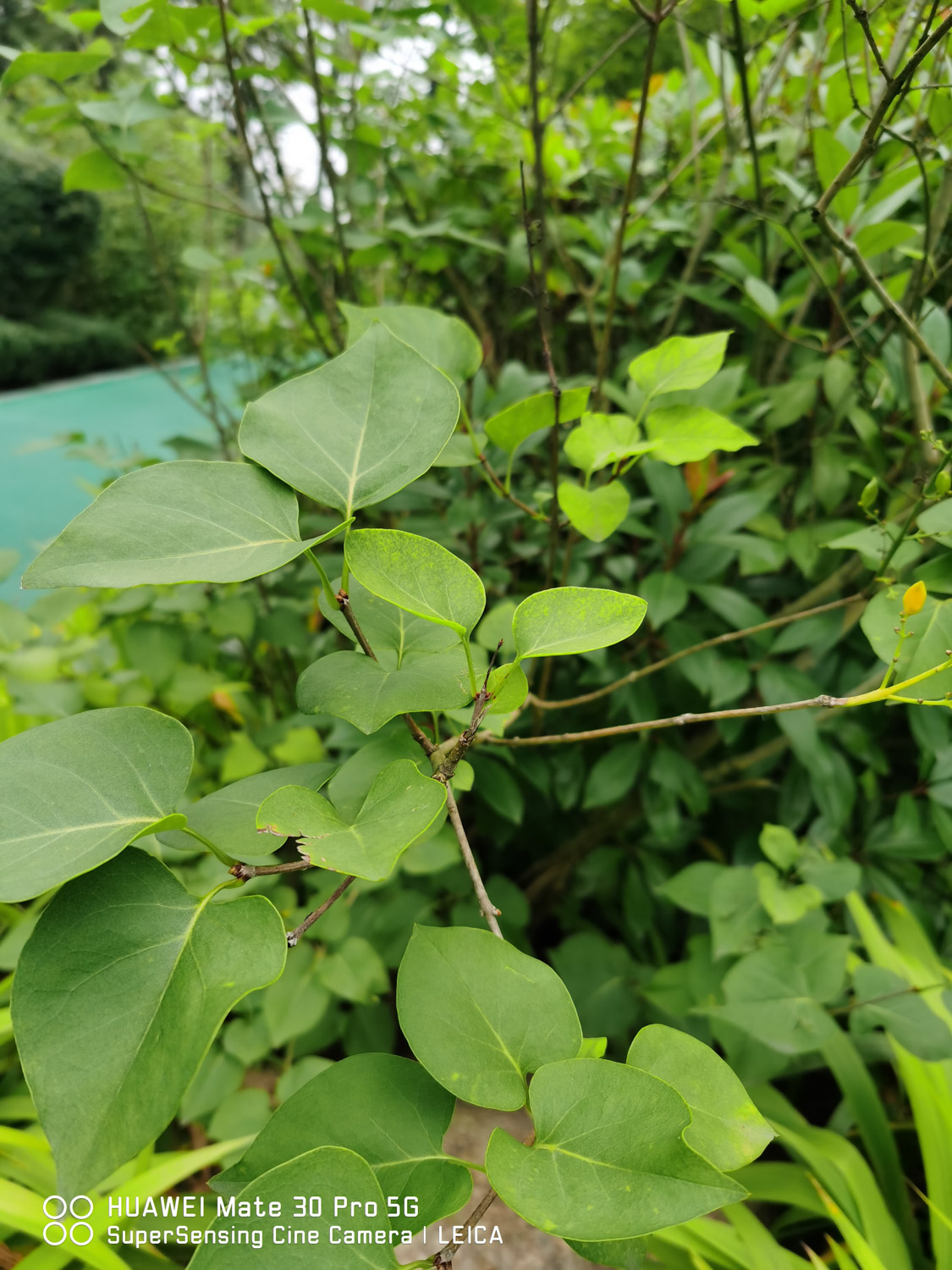
4、 Other issues
1. Toxic or not: Lilac has no toxicity, and its flowers can be drunk in water. It has many benefits to human body, and the taste is very sweet
2. Whether it can be raised in the bedroom: it is not recommended to raise lilacs in the bedroom. The smell released by lilacs at night has an adverse impact on people with heart disease and high blood pressure. It will produce a feeling of suffocation and consume indoor oxygen, so try not to breed lilacs in the bedroom
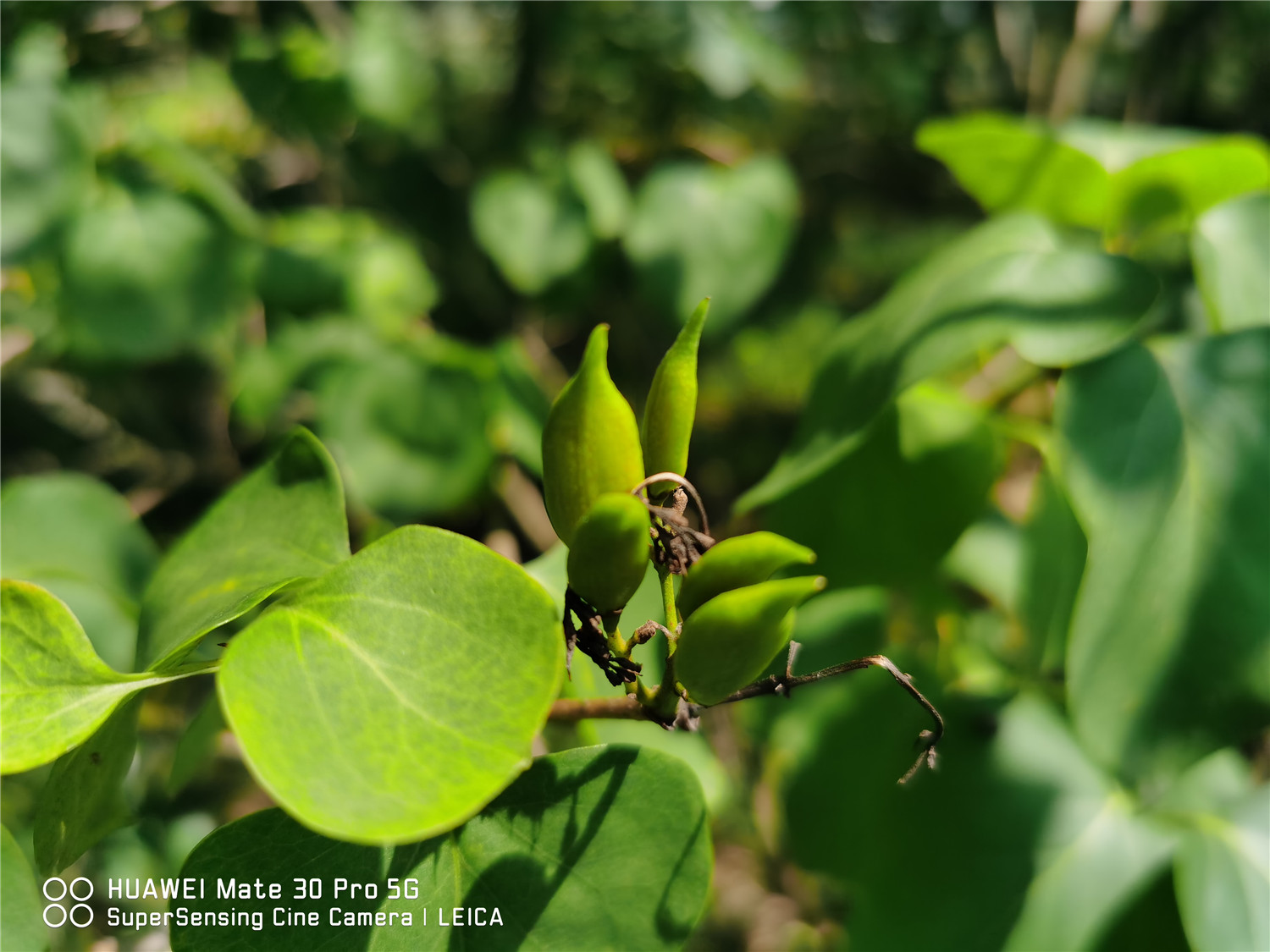

 jackfruit
jackfruit snake plant
snake plant hibiscus
hibiscus hydrangea
hydrangea lavender
lavender Green roses climb al...
Green roses climb al... If you don't pay att...
If you don't pay att... Management of four g...
Management of four g...